Oneinchpoke - Expect Weirdness
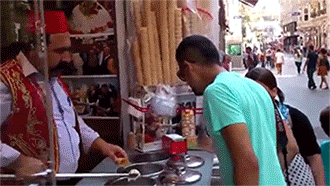
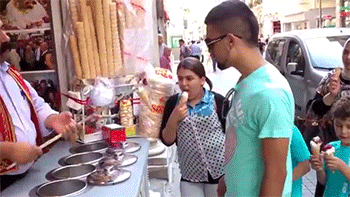
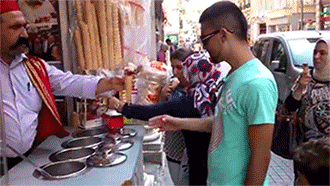
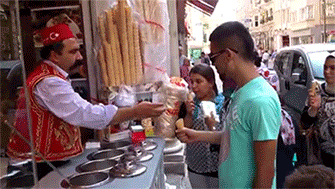

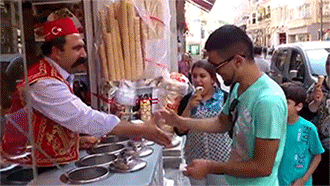
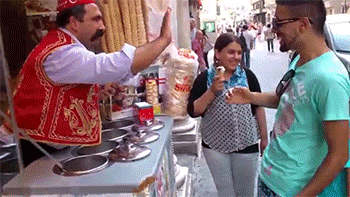
More Posts from Oneinchpoke and Others
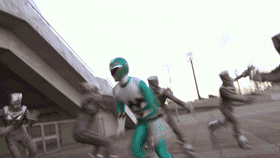

Body language cheat sheet for writers
As a writer, understanding and incorporating body language into your storytelling can greatly enhance your characters and their interactions. Here's a cheat sheet to help you describe body language effectively:
Facial Expressions:
* Raised eyebrows: Surprise, disbelief, or curiosity.
* Furrowed brow: Concentration, confusion, or frustration.
* Smiling: Happiness, amusement, or friendliness.
* Frowning: Disapproval, sadness, or concern.
* Lip biting: Nervousness, anticipation, or tension.
Eye Movements:
* Eye contact: Confidence, interest, or honesty.
* Avoiding eye contact: Shyness, guilt, or deception.
* Narrowed eyes: Suspicion, skepticism, or concentration.
* Wide eyes: Shock, fear, or surprise.
* Rolling eyes: Exasperation, annoyance, or disbelief.
Gestures:
* Crossing arms: Defensiveness, disagreement, or discomfort.
* Nervous fidgeting: Anxiety, restlessness, or impatience.
* Pointing: Assertiveness, emphasis, or accusation.
* Open palms: Honesty, openness, or sincerity.
* Hand on chin: Deep thought, contemplation, or evaluation.
Posture and Movement:
* Slumped shoulders: Defeat, sadness, or fatigue.
* Upright posture: Confidence, attentiveness, or authority.
* Pacing: Restlessness, agitation, or contemplation.
* Tapping foot: Impatience, annoyance, or frustration.
* Leaning in: Interest, engagement, or curiosity.
Touch:
* Hugging: Affection, comfort, or warmth.
* Handshake: Greeting, introduction, or agreement.
* Patting on the back: Encouragement, praise, or camaraderie.
* Clenched fists: Anger, determination, or frustration.
* Brushing hair behind the ear: Nervousness, coyness, or flirtation.
Mirroring:
* When two characters unconsciously mimic each other's body language, it indicates rapport, connection, or empathy.
Nodding:
* A subtle nod can convey agreement, understanding, or encouragement.
Crossed legs:
* Crossed legs can indicate relaxation or a casual, nonchalant attitude.
Tapping fingers:
* Impatience, anticipation, or nervousness can be expressed through rhythmic finger tapping.
Hand on the chest:
* Placing a hand on the chest can convey sincerity, empathy, or a heartfelt emotion.
- Tilting the head:
* Tilting the head to the side can suggest curiosity, attentiveness, or interest.
Rubbing the temples:
* Rubbing the temples can indicate stress, fatigue, or a headache.
Chin stroking:
* Stroking the chin while in thought can portray contemplation, decision-making, or intellectual curiosity.
Arms crossed behind the back:
* This posture can indicate authority, confidence, or a composed demeanor.
Tilted body posture:
* Leaning slightly towards someone can suggest interest, attraction, or engagement in a conversation.
Biting nails:
* Nail-biting can reveal anxiety, nervousness, or tension.
Foot tapping:
* Rapid or impatient foot tapping can show agitation, restlessness, or eagerness.
Squinting:
* Squinting the eyes can signal suspicion, doubt, or an attempt to focus on something.
Shifting weight from foot to foot:
* Shifting weight can imply discomfort, unease, or anticipation.
Covering the mouth while speaking:
* This gesture can indicate hesitation, embarrassment, or the desire to hide something.
Remember that body language can vary across different cultures and individuals, so consider your character's background and personality while describing their movements. Additionally, body language is best used in combination with dialogue and internal thoughts to create a more nuanced portrayal of your characters.
Happy writing!

もっと臣子ちゃんの出番くれさい。 全裸見られた挙句無星に格下げされて、日々恥辱の登校生活に暮れている臣子ちゃんの出番くれさい。 もうテニスコートでラケットを振るどころか恥ずかしくて顔も隠しちゃうカワイソーな臣子ちゃん本を冬コミでだれか出してくれさい。










best of Phoenix Wright: Ace Attorney
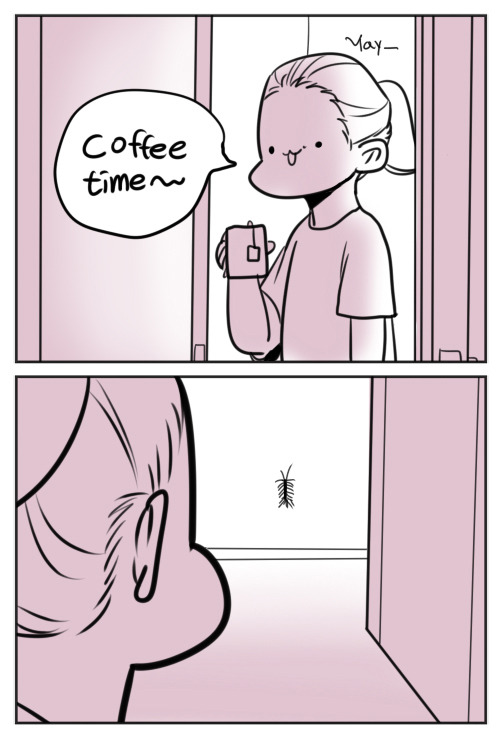
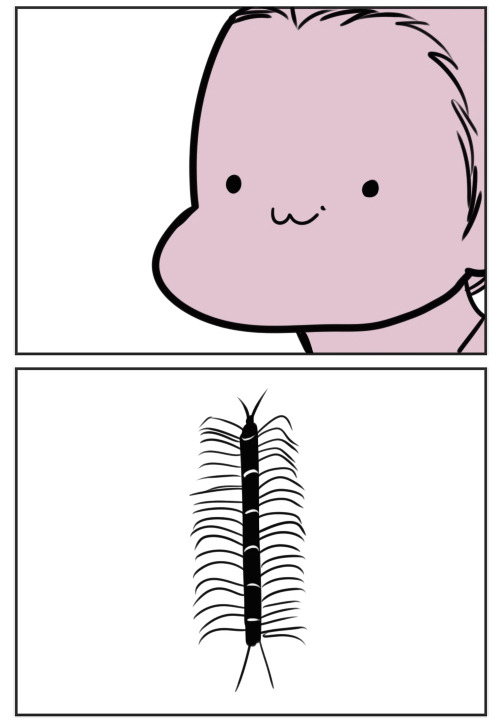
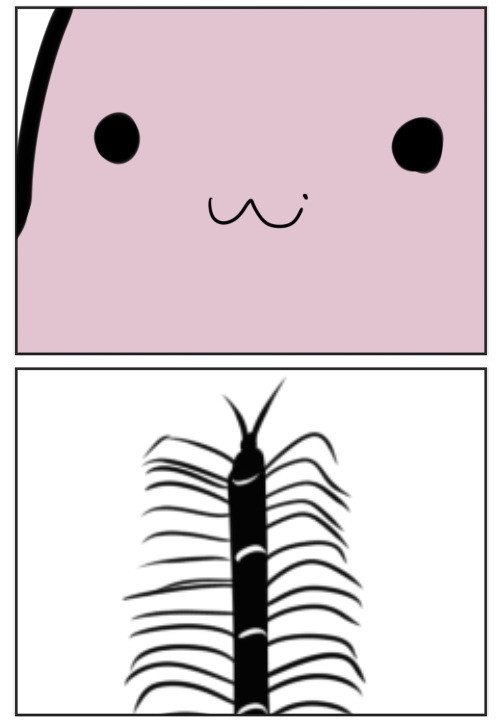
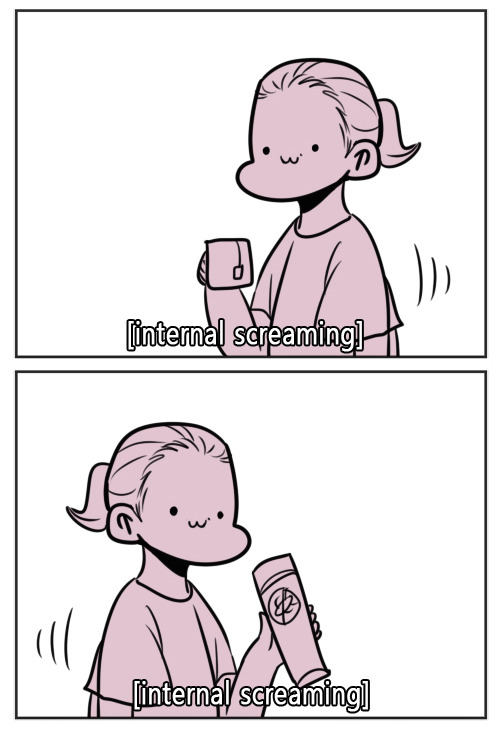
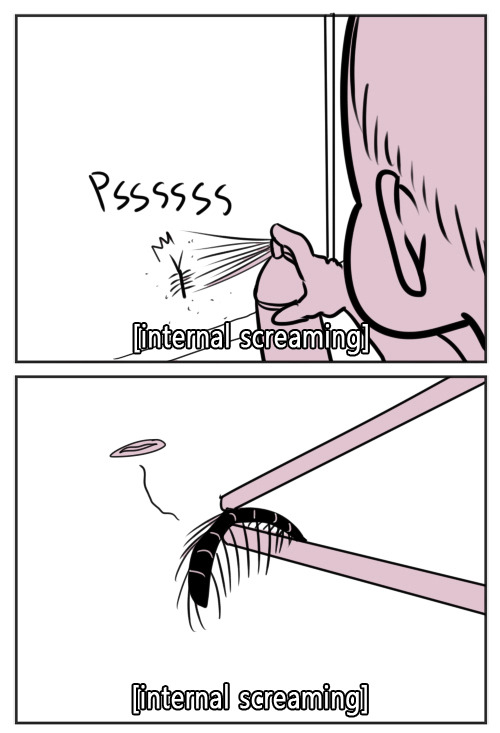
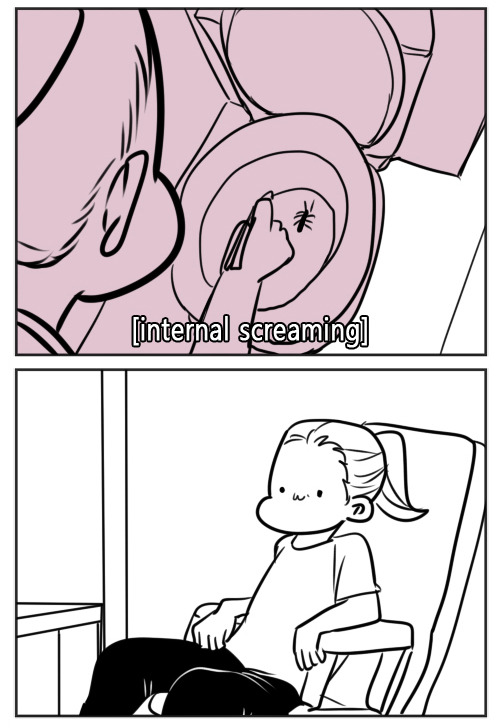
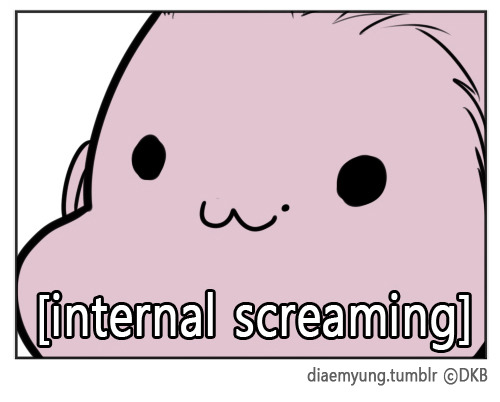
Just happened to me. I can’t scream during 2 am.





無題
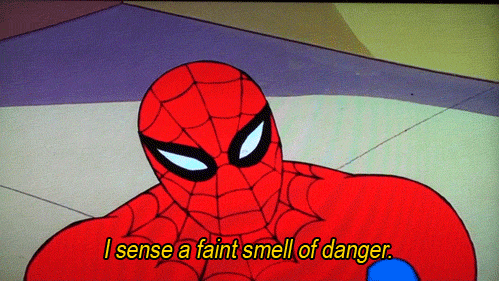

Well, it’s not as good as blowing it up but it’s something.
-
 juset879 reblogged this · 1 month ago
juset879 reblogged this · 1 month ago -
 bobywesti liked this · 2 months ago
bobywesti liked this · 2 months ago -
 anime-to-the-t liked this · 3 months ago
anime-to-the-t liked this · 3 months ago -
 leptoquark3 reblogged this · 3 months ago
leptoquark3 reblogged this · 3 months ago -
 leptoquark3 liked this · 3 months ago
leptoquark3 liked this · 3 months ago -
 squeackygee reblogged this · 3 months ago
squeackygee reblogged this · 3 months ago -
 the-letter-horror-lover liked this · 5 months ago
the-letter-horror-lover liked this · 5 months ago -
 annanihhk liked this · 7 months ago
annanihhk liked this · 7 months ago -
 archive-of-my-favorite-fandoms reblogged this · 7 months ago
archive-of-my-favorite-fandoms reblogged this · 7 months ago -
 sleepydreameroncloud9 reblogged this · 7 months ago
sleepydreameroncloud9 reblogged this · 7 months ago -
 sprinkleglitz reblogged this · 9 months ago
sprinkleglitz reblogged this · 9 months ago -
 radiantrell77 liked this · 9 months ago
radiantrell77 liked this · 9 months ago -
 johannsb liked this · 9 months ago
johannsb liked this · 9 months ago -
 kemetic-dreams reblogged this · 9 months ago
kemetic-dreams reblogged this · 9 months ago -
 theesirensmuse reblogged this · 9 months ago
theesirensmuse reblogged this · 9 months ago -
 foxxsstuff liked this · 9 months ago
foxxsstuff liked this · 9 months ago -
 bigman226 liked this · 9 months ago
bigman226 liked this · 9 months ago -
 geota02 liked this · 9 months ago
geota02 liked this · 9 months ago -
 foru2cee2 reblogged this · 9 months ago
foru2cee2 reblogged this · 9 months ago -
 foru2cee2 liked this · 9 months ago
foru2cee2 liked this · 9 months ago -
 kemetic-dreams reblogged this · 9 months ago
kemetic-dreams reblogged this · 9 months ago -
 stuckinanavalanche liked this · 11 months ago
stuckinanavalanche liked this · 11 months ago -
 saphicspacesociety20 reblogged this · 1 year ago
saphicspacesociety20 reblogged this · 1 year ago -
 notsureaboutnameyet liked this · 1 year ago
notsureaboutnameyet liked this · 1 year ago -
 unprojects liked this · 1 year ago
unprojects liked this · 1 year ago -
 what-a-total-dweeb liked this · 1 year ago
what-a-total-dweeb liked this · 1 year ago -
 crabidthromsosa liked this · 1 year ago
crabidthromsosa liked this · 1 year ago -
 shopmyclothes liked this · 1 year ago
shopmyclothes liked this · 1 year ago -
 boamederpote liked this · 1 year ago
boamederpote liked this · 1 year ago